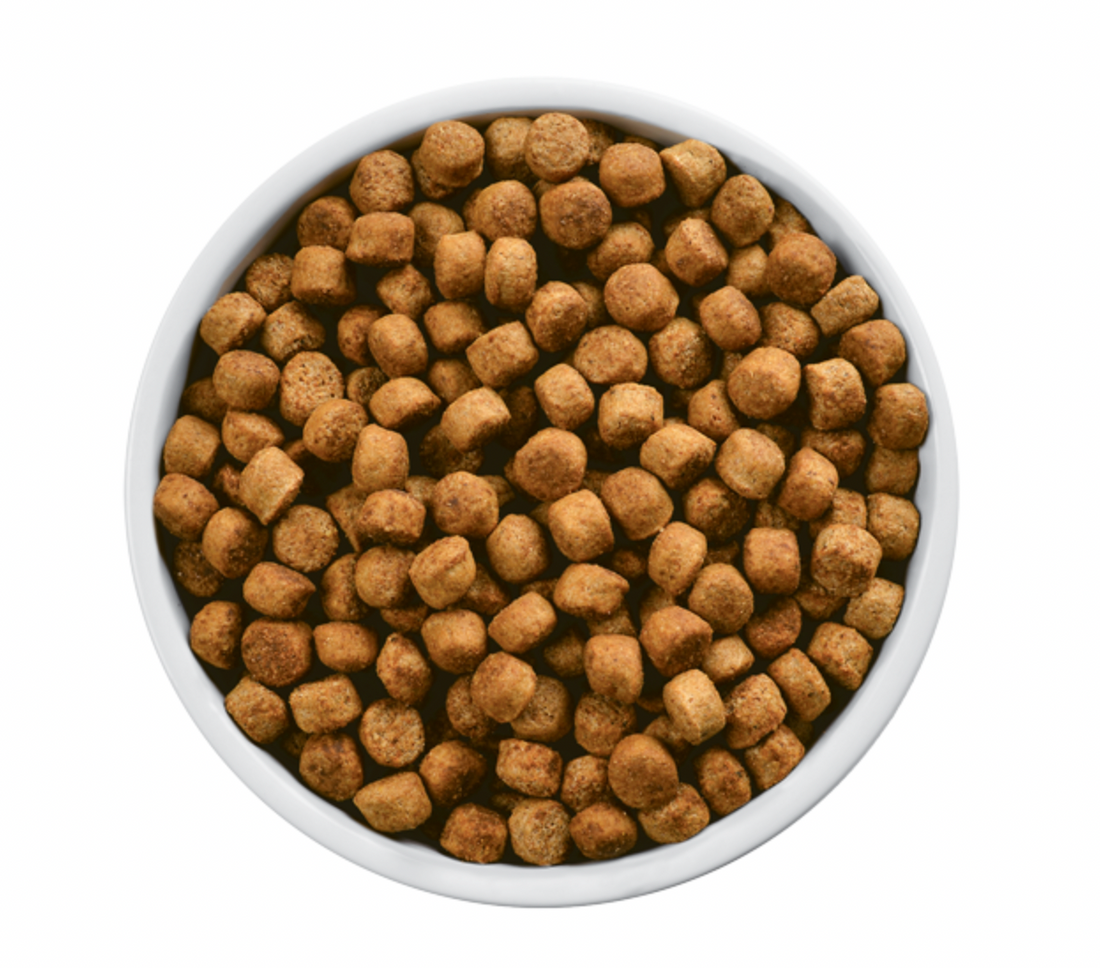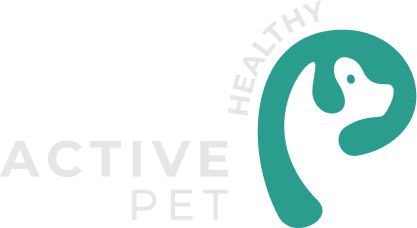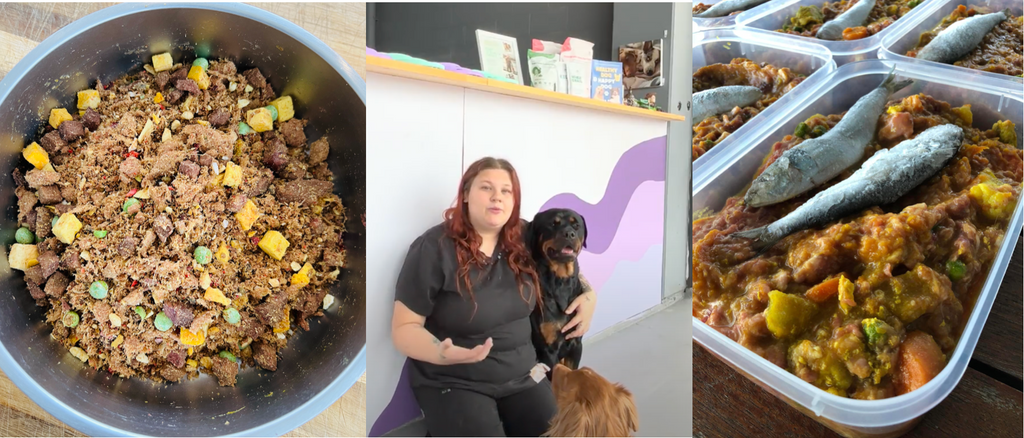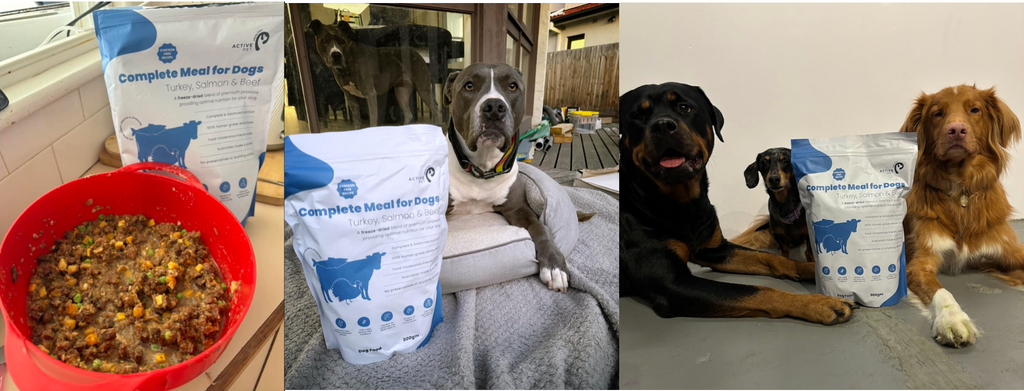
6 issues with kibble you need to know
Kibble is the biggest selling product in the pet food market. It is cheap, convenient and it is sold everywhere!
But at Healthy Active Pet we are not fans! And discovering what was in kibble and how it was made was a big factor in us creating our business which focuses on healthy dog food recipes and excellent nutrition. You can read our story here

So what's the problem with kibble?
In order for animals to thrive - all living things must consume the foods they were designed to eat. This is known as species-appropriate nutrition.
Certain species will die if not fed appropriately. Dogs, like humans, are more resilient and can eat a number of things their bodies were not designed to eat.
However, their health and vitality suffers. And feeding kibble can have a lot of health ramifications

Problems with kibble
Kibble is essentially fast food for pets.
1. The ingredients
What is worrying is that pet food is allowed to contain deceased animal meat ingredients sourced from non-slaughtered animals - with no disclosure requirement.
Heavily processed pet food like kibbles and tinned dog and cat products are almost always made from meat that has either been rendered to a shelf stable powder, or otherwise processed to a meat “slurry” that is then sterilised.
Rendering is a process favoured by the fertiliser industry, whereby meat and bones that are not fit for human consumption are crushed and then heated to very high temperatures until the water and fat separate.

The remaining “meat” is dried to a long life powder that contains mostly protein and bone, and then turned into garden fertiliser, dry dog food and livestock feed.
Some tinned pet foods also use these meat meals, while others grind whole meat and meat by-products (which may include heads, hooves, offal and basically any part of the animal that is otherwise discarded), and then add cereals and other binding ingredients to form the chunks in a tin that we might mistake for actual pieces of meat.
These ingredients are then cooked so the starches gelatinise and proteins begin to denature, before being tinned and sterilised using temperatures over 120 degrees Celsius for several minutes.
These products are basically always synthesised with vitamin and mineral supplements, because very little nutrition survives these heat intensive processes.
Because these meats are pretty much always not of a quality fit for human consumption, prior to being turned into pet food they are regulated by a different set of rules to food intended for the human supply chain.
These rules don’t require that meat be properly labelled as “beef” or “sheep,” which is why pet food manufacturers don’t always seem to know which one is in their food.
Consuming these highly processed ingredients leads to other issues:
2. Highly processed
Many of the nutrients in kibble are lost during the high-heat process, so artificial flavor enhancers, colours and synthetic nutrients are added to replace what has been lost.
Different types of acrylamide and other carcinogens are created in this process that could be detrimental to your dog’s long-term health.
3. High starch carbohydrates
Grains and other high-starch carbohydrates like high-glycemic, genetically engineered corn, wheat, rice or potato make up the majority of kibble. Even grain-free kibble often contains high-levels of starchy carbs including legumes, peas & lentils.
This creates metabolically stressful insulin, glucagon and cortisol spikes throughout the day. The high carb content also contributes to the growing epidemic of pet obesity.
4. Low moisture
Kibble is a low-moisture product, which puts a dog in a constant state of dehydration. Think of it like eating nothing but crackers. When a dog gets dehydrated, they experience several issues
- Loss of appetite
- Reduced energy levels and/or lethargy
- Panting
- Sunken, dry-looking eyes
- Dry nose and gums
- Loss of skin elasticity
5. Bacteria risk
In dry pet food, there’s a risk for bacteria and mycotoxins to be present. Also, storage mites can multiply rapidly in dry food. Pets can develop a hypersensitivity to storage mites, resulting in itchy inflamed skin, hair loss and ear infections.
6. Rancid
As soon as you open a bag of dry food, the fats in the food & sprayed on the food during production start to go rancid. Long-term consumption of rancid fats in kibble can destroy vitamins, which can lead to vitamin, protein and fat deficiencies.
Even more alarming, many other health issues have been attributed to rancid fats including malnutrition, hair loss, diarrhea, kidney and liver disease, reproductive problems and even cancer and death.
We’ve shown that kibble is not the healthiest choice for your dog. As it stands, the only benefits of kibble are convenience and cost. You can easily store it and travel with it. Also, the majority of kibble options are fairly inexpensive, but you get what you pay for in terms of quality.
What should dogs eat instead?
The optimal diet for dogs includes fresh, whole foods made from human-grade ingredients.
The optimal diet for your dog also includes healthy fats, high moisture (around 70%) and is a healthy balance of protein, carbohydrates and other nutrients. A great way to feed this balanced diet is with raw food.

A raw food diet includes simply fresh, whole foods that are uncooked and minimally processed. Meats and greens that are fresh, uncooked and wild make up the diet that dogs and cats evolved to eat. It’s what canine species in the wild still eat.
Raw food is more easily absorbed and contains vital naturally occurring enzymes and vitamins that cooking destroys. Living foods that are unprocessed, fresh and whole enable our pets to thrive. And it’s the diet that lets dogs be their happiest and healthiest.
And if you need some inspiration in the kitchen check out our recipe books for raw cooking here jammed with healthy dog food recipes

Finally, if you do choose to feed kibble, choose an organic option with no "4-D" meat: This is meat taken from dying, diseased, disabled and dead livestock that is not fit for human consumption.
Look for dog food brands that use “human grade” meats, which contain much more specific meat ingredients rather than generically named meat sources.
And you can also check out our own air dried raw food - which is one of our recipes we have air dried. It is 100% natural, with no additives and no grain. All the meat is 100% human grade and we use turkey, duck and sardine.

BENEFITS OF A RAW DIET
With a whole foods, minimally-processed diet, your dog will experience:
- Leaner, more muscular build. Nearly 50% of dogs are overweight or obese based on body condition scoring, which leads to a number of related conditions.
- Skin & coat improvements
- Cleaner teeth & fresher breath
- Less odors
- Vibrant, calm energy
Going raw with your pet does not have to be an all or nothing approach - adding even small amounts of raw to your pets diet has shown to improve overall health.
Don't forget to check our recipes out here




